Australia’s first collaborative combat aircraft is closer to full operational deployment
- By Stavros Atlamazoglou
Share This Article
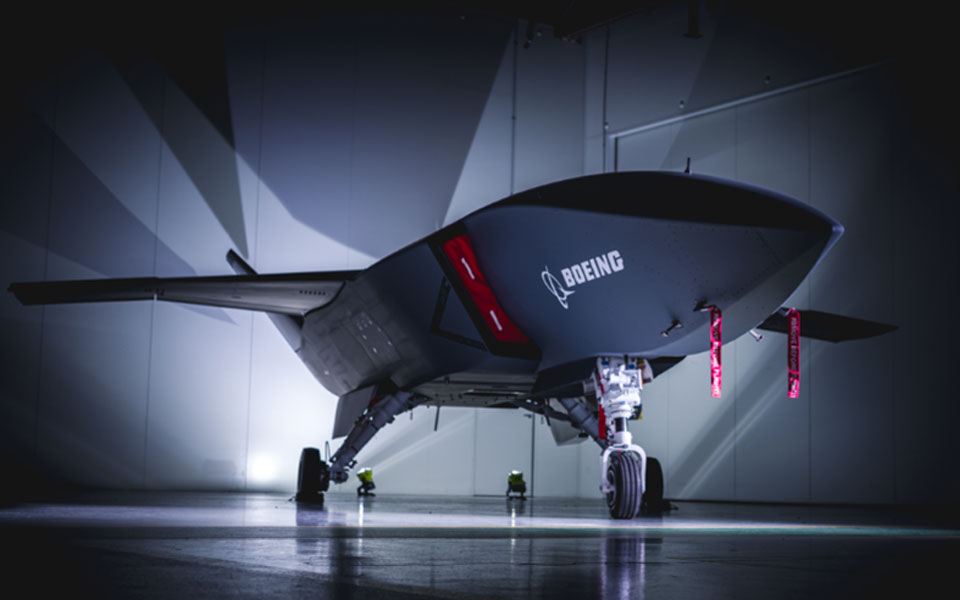
Earlier in September, the Royal Australian Air Force successfully tested the MQ-28 Ghost Bat Collaborative Combat Aircraft for operational deployment.
Manufactured by Boeing, the drone promises to offer the Australian military affordable and expendable mass capabilities.
The Boeing MQ-28 is an unmanned aerial system that relies on artificial intelligence to offer force-multiplier capabilities. Boeing has designed the drone to be able to team with existing military aircraft.
The Royal Australian Air Force tested the MQ-28 on several different mission sets and tasks including: autonomous behaviors and mission execution; collaboration with an E-7A Wedgetail airborne early warning and control aircraft; and data fusion and sharing between multiple Ghost Bats and the transmission of that information to manned aircraft. The drone has completed over 150 hours of flight testing, as well as more than 20,000 hours of virtual testing.
The Australian military is operating a handful of MQ-28s as it is validating the drone’s capabilities before it fully incorporates it in its operational fleet.
“A world-leading capability – designed, engineered and manufactured right here in Australia,” Pat Conroy, the Australian Minister for Defence Industry, said in a post on X.
“It was great to meet some of the team behind it today in Woomera. A day made even better by getting to see the Ghost Bat in full flight,” the Australian politician added.
Collaborative Combat Aircraft are designed to team up with manned platforms and complement them in mission roles and capabilities usually performed by fighter jets. They differ from “normal” drones that might be designed for intelligence-gathering or solely kinetic strikes.
According to Boeing, the Ghost Bat can fuse sensor and payload information from multiple aircraft to facilitate strike missions and extend intelligence, surveillance, and reconnaissance capabilities.
An important capability
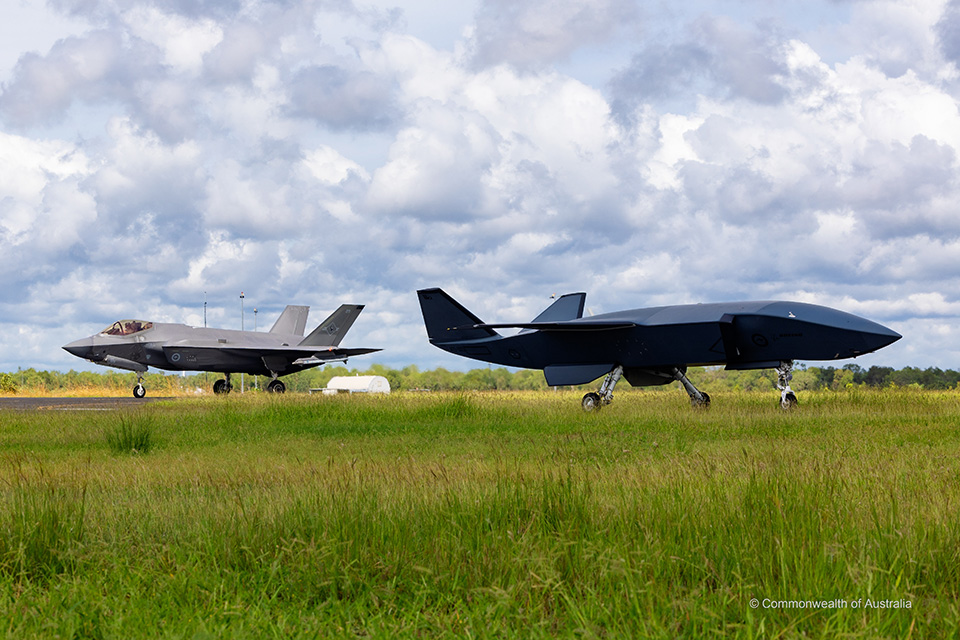
The Ghost Bat also offers “fighter-like” performance with an operational range of more than 2,000 nautical miles (approximately 2,300 miles). This operational range is probably one of the most important features of the drone, since the Indo-Pacific area of operations is vast. Distances are measured in hundreds of miles, and manned and unmanned assets need to be able to not only travel long distances but also remain over the battlefield for long periods of time.
Boeing has not disclosed the unmanned aerial system’s speed. The drone measures 38 feet long.
Beyond offering more realistic options for mass – it is easier to deploy 500 drones in support of fighter jets than to deploy an additional 500 fighter jets – unmanned aerial systems like the MQ-28 are also budget-friendly and, most importantly, limit the risk to experienced pilots.
Boeing markets the MQ-28 as offering affordable combat mass in support of other unmanned and manned assets. This can be especially useful in a potential conflict with a near-peer adversary – especially China.
In such a scenario, the U.S. military and its allies would have to deal with a plethora of manned and unmanned threats seeking to overwhelm friendly assets. And one way to counter these threats is to have robust mass capabilities – as the MQ-28 aims to provide.
Feature Image: The MQ-28 Ghost Bat. (Photo courtesy of Boeing)
Read more from Sandboxx News
- How the Argentinians took out a British warship
- Lockheed wants to give the F-35 a ‘Ferrari upgrade’ to bring in on par with upcoming 6th-gen fighters
- America now has a second B-21 Raider stealth bomber in the sky
- SOCOM’s latest rifles embrace the 6.5 Creedmoor cartridge
- Can we build stealth aircraft with retractable vertical tails?
Related Posts
Sandboxx News Merch
-

‘AirPower’ Classic Hoodie
$46.00 – $48.00Price range: $46.00 through $48.00 Select options This product has multiple variants. The options may be chosen on the product page -

‘Sandboxx News’ Trucker Cap
$27.00 Select options This product has multiple variants. The options may be chosen on the product page -
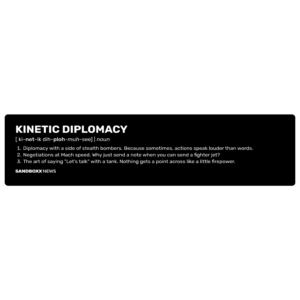
‘Kinetic Diplomacy’ Bumper Sticker (Black)
$8.00 Add to cart
Stavros Atlamazoglou
Greek Army veteran (National service with 575th Marines Battalion and Army HQ). Johns Hopkins University. You will usually find him on the top of a mountain admiring the view and wondering how he got there.
Related to: Airpower
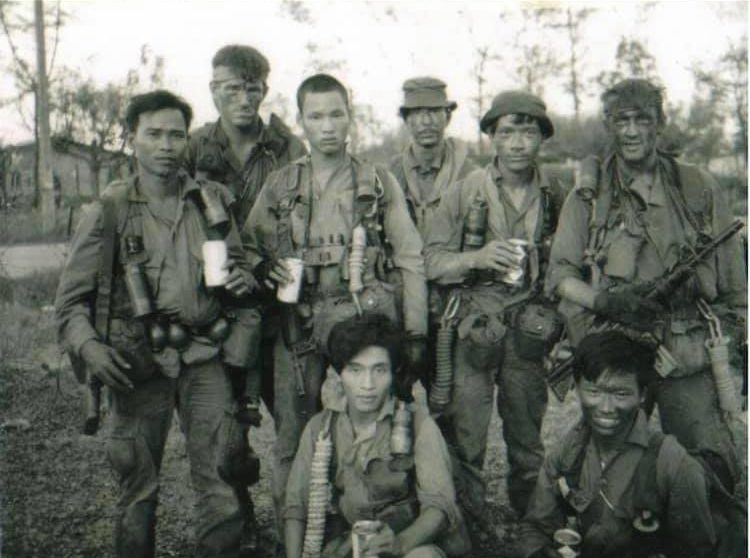
A MACV-SOG Thanksgiving: When six commandos took on 30,000 enemy troops

This elite US special operations unit required an oath of secrecy to join
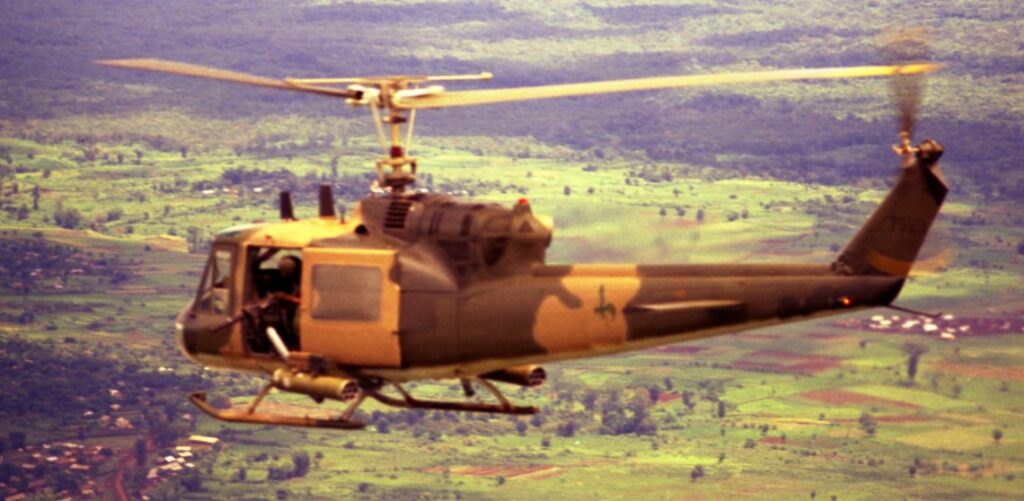
The special operations helicopters of the Vietnam War
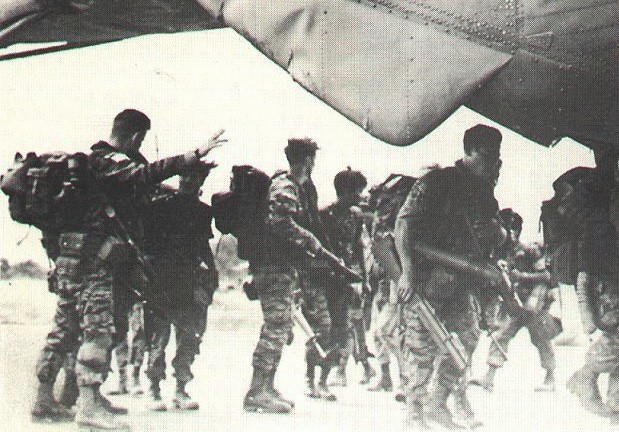
Attack on FOB 4: The worst day in US Army Special Forces history
Sandboxx News
-

‘Sandboxx News’ Trucker Cap
$27.00 Select options This product has multiple variants. The options may be chosen on the product page -

‘AirPower’ Classic Hoodie
$46.00 – $48.00Price range: $46.00 through $48.00 Select options This product has multiple variants. The options may be chosen on the product page -

‘AirPower’ Golf Rope Hat
$31.00 Select options This product has multiple variants. The options may be chosen on the product page -

‘Sandboxx News’ Dad Hat
$27.00 Select options This product has multiple variants. The options may be chosen on the product page

